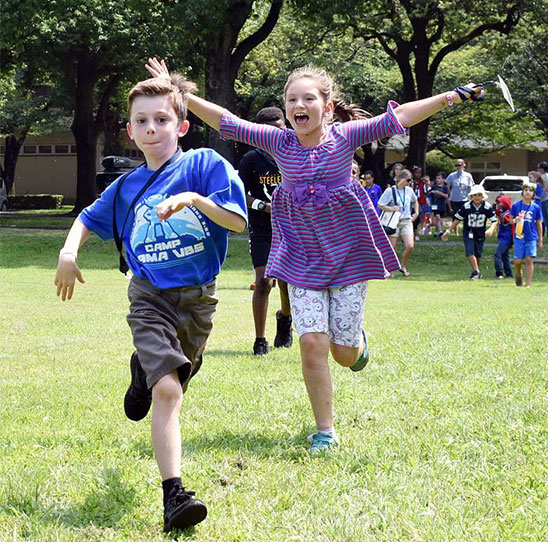Since the start of the new administration, the education field has faced significant challenges, including substantial and unprecedented layoffs at the U.S. Department of Education and major disruptions to federal funding programs, including those impacting research. While many are rightfully worried about the possible impact to schools, these rapid changes also threaten the often overlooked out-of-school Time (OST) space, a sector that plays a vital role in the support of young people with the understanding that opportunities for learning and development stretch far beyond the hours of the school day.
Those working in the OST space are closely watching the 21st Century Community Learning Centers (CCLC) program (21C), a federally funded initiative supporting high-quality OST opportunities for youth in high-needs communities. As the only source of federal funding exclusively dedicated to OST programming, 21C is a vital resource for a vastly underfunded and overstretched sector that needs to be sustained and strengthened.
For now, 21st CCLC funding has currently continued uninterrupted, but its future is far from secure, having already come under repeated threat from 2018 to 2020. Arguing there was no clear evidence of the program’s effectiveness, the administration proposed eliminating the program’s funding, although the cut was ultimately stymied by Congress, where 21C has long benefitted from bipartisan support.
From its initial conception in 1994 as a steward of safety and supervision for youth outside of school hours, 21C programming has evolved to include academic enrichment, a broad array of youth development programming, and family engagement activities. Distributed by states through a competitive process, the funding is allotted to providers with rich expertise in supporting youth and families and with deep connections to their local landscape.
Contrary to the president’s assertions, extensive research highlights the overall benefits of OST programs, with growing evidence specifically demonstrating the positive impact of 21C programs. Recent findings have demonstrated that participants in 21C programs experienced significant improvements, including increased school attendance among previously chronically absent students, gains in standardized test scores, and a reduction in suspension rates.
Additionally, the benefits of OST go beyond what can be shown by traditional academic indicators, as these programs can foster young people’s social and emotional development, engage their curiosity, and spark their interests. For older youth, these programs can support their postsecondary transitions, often providing college and career readiness support and internship opportunities. These benefits overall have a positive return on investment, as research shows that for every $1 invested into afterschool programs, $3 are saved by increasing young people’s earning potential, improving school performance, and reducing crime and welfare costs.
In the Philadelphia area, where RFA has served as an external evaluator of 21C providers for 14 years, our team has documented and analyzed how 21C programming has positively impacted youth, including through improved attendance, achievement, and promotion and graduation rates. Moreover, we have supported program implementation, observing firsthand how programs engage youth in hands-on enrichment opportunities, from preparing a dance showcase to gardening in preparation for their own site-based farmers’ market. We’ve heard directly from youth about the benefits of programming that they perceive, including specific content learning and broader mindset shifts. In one case, youth described their experience in afterschool as “filling their backpack,” providing them with tools and knowledge they can carry with them and use to build on their learning during the school day.
Research also shows that parents of school-age children have highly positive perceptions of afterschool programming. Parents with children in an afterschool program have high levels of satisfaction with programs, seeing benefits including increased exposure to science, technology, engineering, and math (STEM) programming; positive engagement with peers while decreasing screen time; and, in line with the original goal of 21C, safe environments that allow working parents to have peace of mind. Even parents without children in programming reported positive perceptions, agreeing that programs help youth stay physically active, connect with caring adults, and build teamwork and STEM skills.
Recent polling shows that afterschool programming holds broad popularity among voters across parties and demographic groups, with nearly nine in ten voters agreeing that afterschool programs are “an absolute necessity for communities” and more than eight in ten voters wanting their newly elected officials to increase funding. Yet after adjusting for inflation, current funding comes in $80 million below the funding that was allocated in 2013. Based on these funding levels, only one of three requests for 21C funding is awarded, allowing only 1.7 million youth to participate out of 26 million who are eligible to attend.
Now, amid an ongoing mental health crisis among young people and stalled academic recovery from the pandemic, providing every child with a safe, supportive, and engaging environment outside of school time is more valuable than ever. As the only source of federal funding exclusively dedicated to OST programming, 21C funding deserves continued bipartisan support in Congress— increased funding levels to provide every young person with the support they need to “fill their backpack” and thrive.
